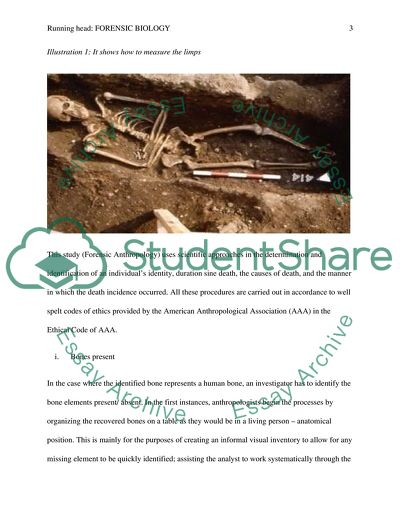Cite this document
(Forensic Biology Term Paper Example | Topics and Well Written Essays - 3250 words, n.d.)
Forensic Biology Term Paper Example | Topics and Well Written Essays - 3250 words. Retrieved from https://studentshare.org/biology/1797807-forensic-biology
Forensic Biology Term Paper Example | Topics and Well Written Essays - 3250 words. Retrieved from https://studentshare.org/biology/1797807-forensic-biology
(Forensic Biology Term Paper Example | Topics and Well Written Essays - 3250 Words)
Forensic Biology Term Paper Example | Topics and Well Written Essays - 3250 Words. https://studentshare.org/biology/1797807-forensic-biology.
Forensic Biology Term Paper Example | Topics and Well Written Essays - 3250 Words. https://studentshare.org/biology/1797807-forensic-biology.
“Forensic Biology Term Paper Example | Topics and Well Written Essays - 3250 Words”, n.d. https://studentshare.org/biology/1797807-forensic-biology.


